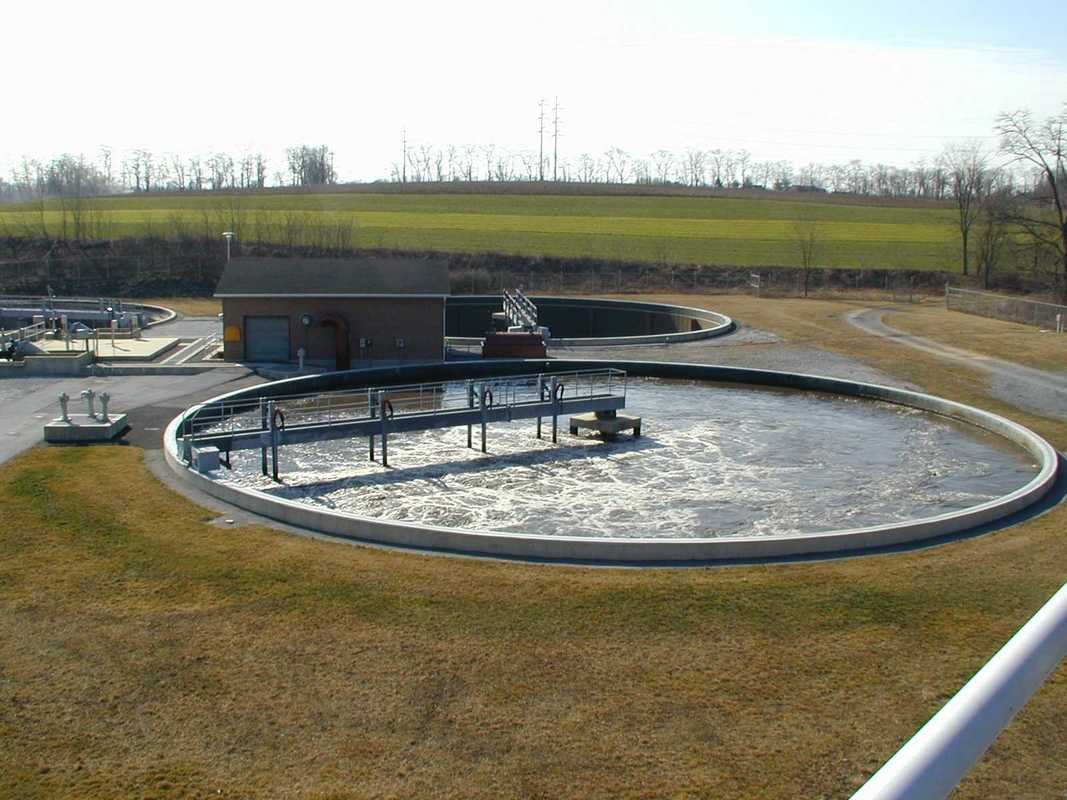With extended aeration, cell yield is lower and cells actually lyse and enter endogenous respiration in the aeration basin. Often in an attempt to lower solids disposal costs, operators reduce wasting below design rates. The idea is the bacteria will continue to thrive by lysing more cells, leaving a higher non-volatile percentage in the biomass. While this can save money in the very short run, here is why not wasting ends up costing money:
- Extreme low F/M results in weak floc and turbidity. Often we see polymer feed on the secondary clarifiers to remove the "fines".
- Without EPS (biological polymers that create floc) at normal levels, the biomass loses some of the normal adsorption capability - ability to act like a sponge for uptake of insoluble organics and also becomes more susceptible to toxic shocks without the protective EPS.
- Oxygen required to keep excess solids in the system. Energy required for aeration is often one of the biggest variable costs in running an activated sludge systems. While respiration rates decline in extreme low F/M operations, oxygen is still required to keep the biomass in the aerobic zone. A healthy biomass balances respiration rates and total solids to maximize your utility costs.


 RSS Feed
RSS Feed